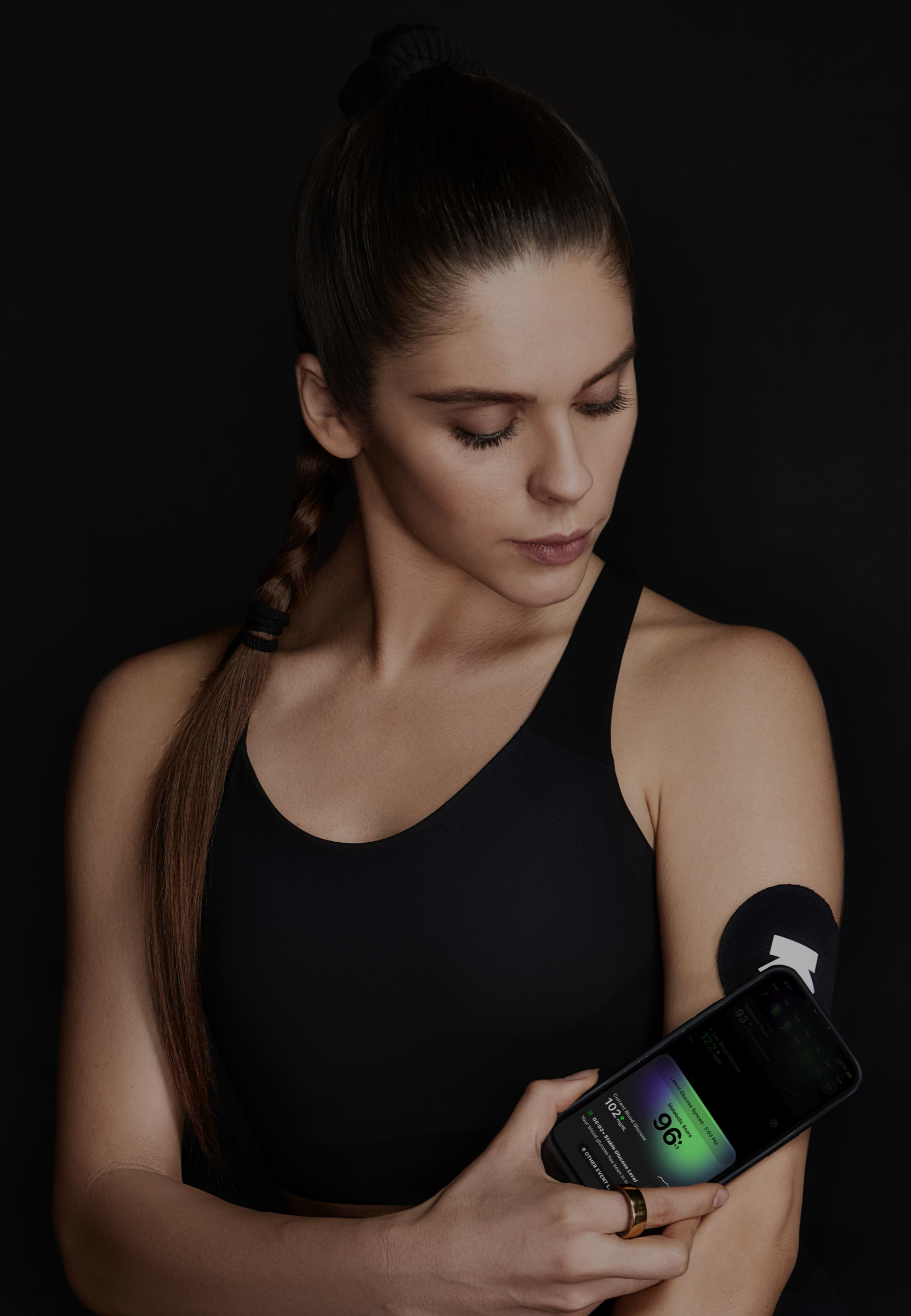
Oats (1 piece) and Oats (1 piece)
Breakfast
184 mg/dL
avg. peak value
Usually causes a medium spike
Avg. Food Score on Ultrahuman App
Ultrahuman Users got an UNSTABLE response
How to consume oats, oats without glucose spikes
Portion Control
Start by reducing the portion size of oats you consume. Smaller portions can lead to a more gradual release of glucose into the bloodstream.
Add Protein
Incorporate protein-rich foods such as Greek yogurt, cottage cheese, or a boiled egg alongside your oats. Protein can help slow down the absorption of glucose.
Include Healthy Fats
Add a source of healthy fat, like a handful of nuts or a tablespoon of nut butter. This can help stabilize blood sugar levels.
Choose Steel-Cut or Rolled Oats
Opt for steel-cut or rolled oats instead of instant oats, as they are less processed and have a slower impact on blood sugar.
Incorporate Fiber
Mix in high-fiber foods such as chia seeds, flaxseeds, or berries to your oats to slow down the digestion process.
Add Cinnamon
Sprinkle cinnamon on your oats, as it may help improve insulin sensitivity.
Limit Added Sugars
Avoid adding sweeteners like sugar or honey. Instead, use natural sweeteners like fruit pieces, such as apple or pear slices.
Pre-soak Oats Overnight
Soaking oats overnight can reduce their impact on blood sugar by making them easier to digest and absorb.
Stay Hydrated
Ensure proper hydration by drinking water before and during your meal, which can help with digestion.
Exercise Post-Meal
Engage in light physical activity, such as a walk, after consuming oats to help your body utilize the glucose more efficiently.

Discover
metabolic
health with M1
Ultrahuman M1 helps you measure the impact of food and activity on your body in real time through glucose as a biomarker.
Explore Ultrahuman M1Find Glucose response for your favourite foods
Explore OGDbYour cart is empty
Browse through our products and find something for you.
